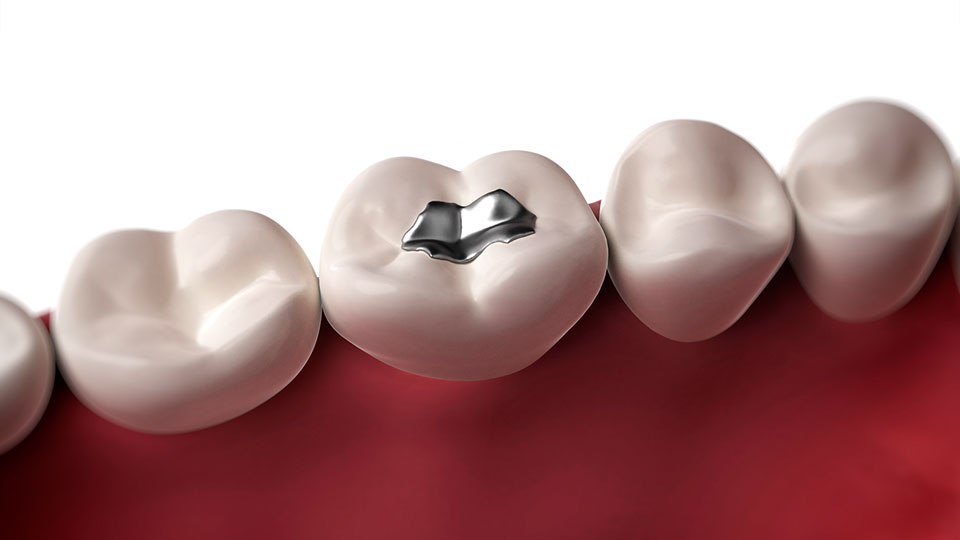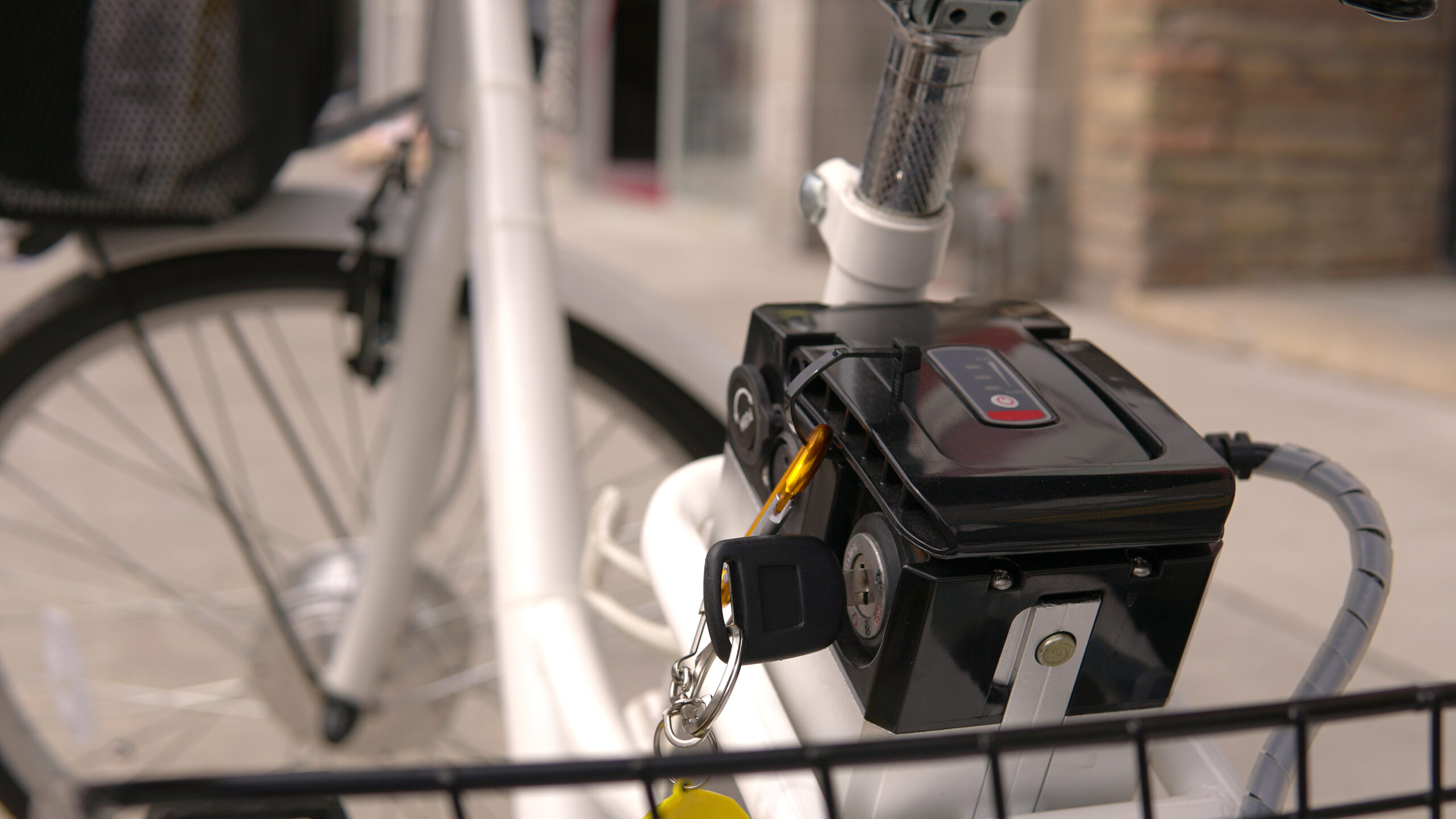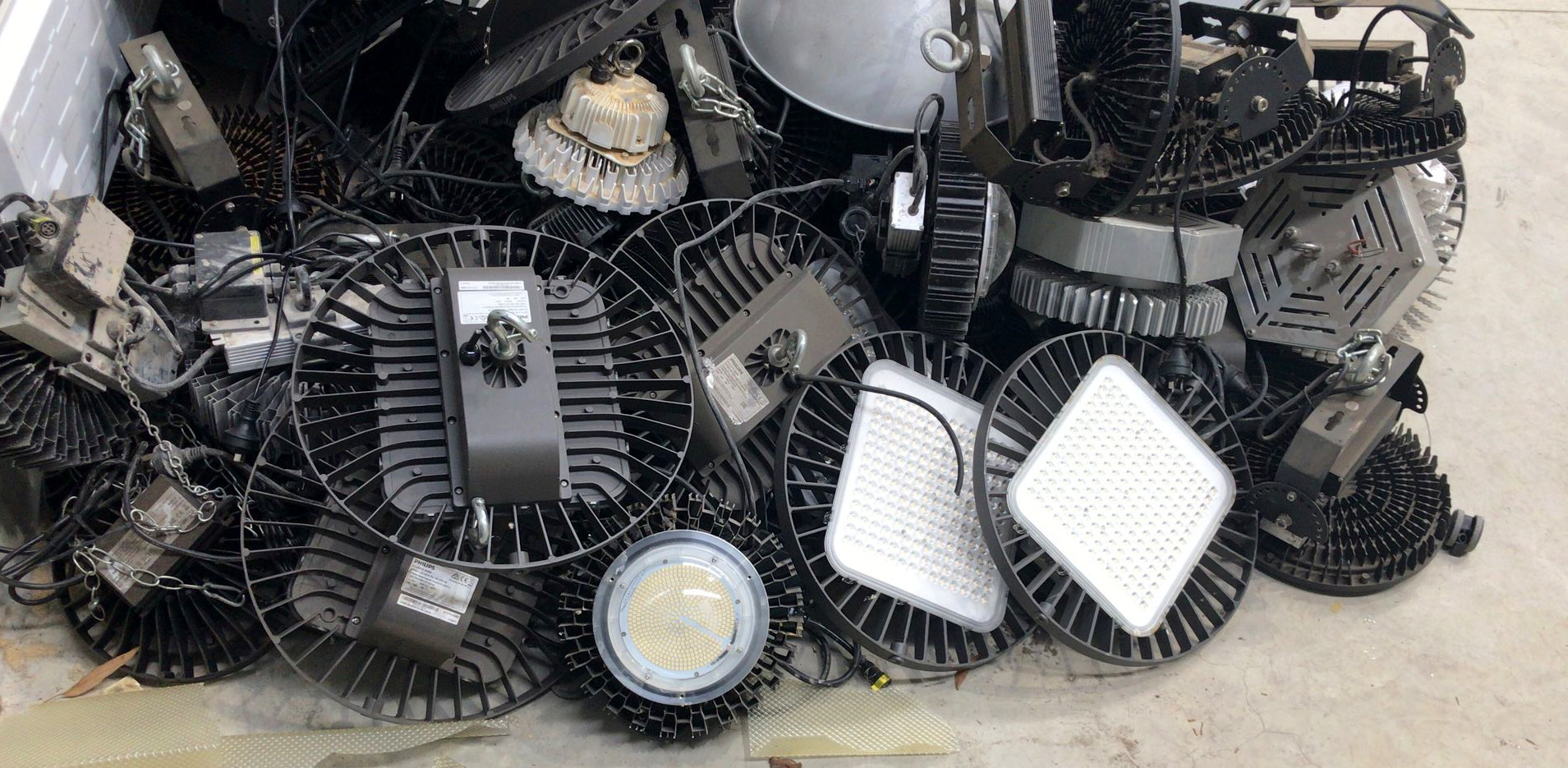Victoria’s Environmental Protection Authority (EPA) is keeping a close watch as the state’s ban on dumping electronic waste into landfill recently came into effect.
The e-waste ban means anything with a plug, battery or power cord that is no longer working or wanted must be taken to a council or business collection point rather than thrown into your household bin.
The state’s environmental watchdog has been visiting e-waste collectors to make sure e-waste has been handled safely and securely since the ban started on July 1 this year.
The EPA has published a best-practice guide, as it investigates issues around land and groundwater contamination, stockpiling and mitigating fires.
“Any person who generates, collects, stores, handles, transports or reprocesses e-waste must take all reasonable steps to eliminate or reduce the risk to human health and the environment – regardless of whether they are big enough to require a licence or not,” said EPA regulatory programs director Rachel Gualano.
The growing e-waste problem
The ban arrives as communities and authorities come to grips with the challenges of e-waste in Australia and abroad.
E-waste is growing three times faster than general waste in Australia, according to Sustainability Victoria.
The rapid rise is largely due to the increasing popularity of mobile phones, laptops, tablets and other electronic devices that have become everyday household items.
Australians throw away more than a million mobile phones every year — that’s as much as 16 tonnes of copper and up to 350 kilograms of silver discarded annually.
It’s a massive problem globally too, with more than 44 million metric tonnes of e-waste generated worldwide in 2016, with only 20 per cent of that figure recycled.
Recycle your e-waste
Recycling e-waste helps keep harmful materials out of the environment, recovers non-renewable materials and has other benefits too.
There are more than 1000 e-waste collections points across Victoria, including local government transfer stations and Officeworks stores.
For households looking to recycle e-waste, the best place to start is with your local council.
There are speciality services like Mobile Muster that offer mobile phone collection points at various retailers and free postage paid recycling satchels from Australia Post outlets.
You can visit the Recycling Near You website to find your closest drop-off point for everything else, whether it’s an iPad, an old computer printer or white goods.
For businesses and larger organisations, Ecocycle can provide commercial-scale e-waste recycling services that handle the entire recycling process.
While dumping e-waste into landfill has only been outlawed in Victoria so far, other states and territories will be watching closely as they face their own growing e-waste troubles.






